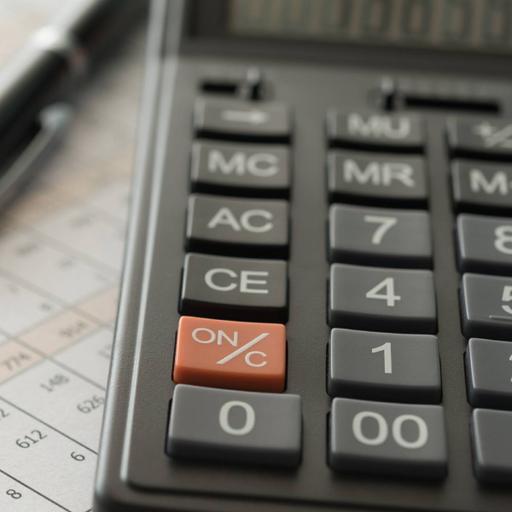Double Entry Book of Accounting
Presentations | English
Ancient accountants used clay tokens to keep track of livestock and grain before an uniform numbering system was developed. Isn't it insane? In accounting, double-entry bookkeeping is a method of bookkeeping in which each entry to one account requires an equal and opposing input to another account. The debit and credit sides of the double-entry system are equal and corresponding. In double-entry accounting, a transaction always impacts at least two accounts, always has at least one debit and at least one credit, and always has equal total debits and total credits. For example, if a company takes out a $10,000 bank loan, it must debit $10,000 from an asset account named "Cash" and credit $10,000 from a liability account called "Notes Payable" to record the transaction. The accounting equation is balanced in double-entry bookkeeping. The accounting equation is used to detect errors; if the sum of debits for all accounts does not equal the equivalent amount of credits for all accounts at any moment, there has been a mistake. The ledger may still "balance" even if the wrong ledger accounts have been debited or credited if the equation is satisfied.

Free
PPTX (101 Slides)
Double Entry Book of Accounting
Presentations | English
